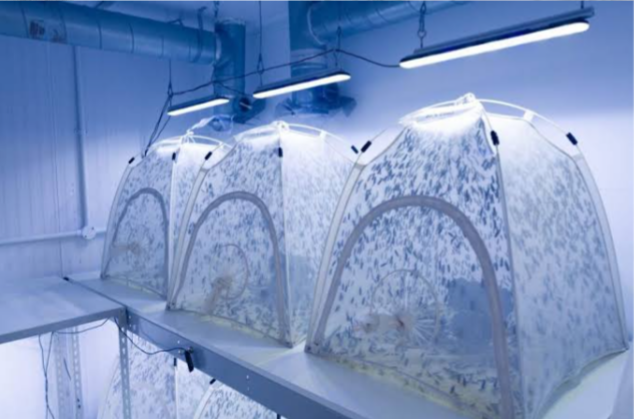
With an increase in demand for food supply for man and his livestock, researchers are looking for alternatives to protein food sources. One of the alternatives is the use of insect as a rich source of protein. Insects are Invertebrate belonging to the order(s) Lepidoptera, Orthoptera, Isoptera, Hemiptera, and HymenopteraIn the past, the value of insects are limited. They valued in fields like Agronomy, animal science, zoology, etc. Only a few like cricket are seen vital for consumption by human and Livestock like poultry. But nowaday, with improvement in research study, lots of insect are vitally used as protein source in both human and Livestock diet. Insect farming ( MINILIVESTOCK OR MICRO STOCK) is the practice of raising and breeding insects as LIVESTOCK. About 2,000 insect species are consumed and used by human and as livestock feed worldwide, and new one are still being discovered by scientists. They are raised for silk, honey, wax, lac or insect tea, food, human culsines, extracts for medicines, biological pest control, crop pollination, feed, fertilisers, pharmceutical, cosmetic and as a dye production etc. Some of these insects include mealworms, crickets (Acheta domesticus), honeybees (Apis mellifera), caterpillar like mopane caterpillar (Imbrasia belina), silkworm (Bombyx mori), maggots, Black soldier flies (Hermetica illucens), melon bugs (Coridius vidutus), longan stink bugs (Tessaratoma papillosa), House flies (Musca domestica), African palm weevil (Rhynchoporus phoenicis), lac insect (Kerria lacca), yellow meal worm (Tenebrio molitor), Chinese white wax scales (Ericerus pela), cockroaches (Blatta lateralis) and Grasshoppers (Zonocerus variangatus). They inhabit in both aquatic and terrestrial environments. Insects undergo two stages of life cycle, complete metamorphosis and incomplete metamorphosis. In both stages, their immature forms, that is, the pupae and larvae stages are good sources of abundant amino acids and fatty acids, that provide impotrtant nutritional value and unique and splendid flavor. But the most important stage is the nymphs stage. This stage provides the most abundant source of nearly all kinds of amino acids. Some of the amino acid provided by insects include isoleucine, leucine, lysine, phenylalanine, threonine, valine, arginine, histidine and tyrosine. The Larvae stage compared to other stages is the best source of fatty acids or oil. They provide mainly triacylglycerol, Oleic acid, palmitic acid and stearic acid. Mature insects on the other hand are the best source of polyunsaturated fatty acids such as Linoleic acid. Insects are also great sources of vitamins and micronutrients such as vitamins A, B1–12, C, D, E, and K. For example, studies had proving that Bee (pupae) is rich in vitamins A and D, caterpillars are rich in vitamins B1, B2 and B6 and Red palm weevil (Rhynchophorus ferrugineus) is a good source of vitamin E. Micronutrients such as iron, selenium, manganese, and zinc and macronutrients such as potassium,Calcium , sodium, magnesium, phosphorous, are found in insects. Insects chitin also supply low amount of calories which is in digestible.
IMPORTANCE OF INSECT PROTEIN
1. Insects are source of nutrients and active substances for both human, livestock and plants. 2. Insects are rich sources of animal proteins, fats, vitamins and minerals. They can provide essential amino acids.
3. They are rich in arginine (amino acids) which benefits heart and blood vessel conditions and boosts the immune system.
4. They are rich in fatty acid like Oleic acid which helps to reduce blood pressure in human-being, curing inflammatory, immune and cardiovascular diseases.
5. Linoleic acid in insect is an anti-inflammatory, acne reductive and skin-lightening substance.
6. Insects are source of linolenic acid and α-Linolenic acid both of which are nutraceutical substances that protect the brain from stroke, are essential in maintaining normal visual functioning, prevention of the following growth retardation, reproductive disorders, skin damage as well as the diseases of kidney, and liver.
7. They are source of vitamins needed for normal growth and health.
8. silkworm produce silk use for making fabrics and the pupae are consumed as food by livestock 9. Insects like Dactylopius coccus are source of Food additives. For example, Carmine, is a natural colorant.
10. They provide dye for clothes, cosmetics and of course, food.
11. lac insect (Kerria lacca) is a source of a water-soluble polyhydroxy-anthraquinones called lac dye. It is used in coloring textile fibre and in beverage industries.
12. Insect extracts can be used as a source of medicine, healthcare and industrial products
13. Lac resin from housefly is used in industries for coating food, insulating materials, printing and in adhesive industries.
14. Honey from honeybee is used as sugar, for treatment of diseases, and in cosmetics.
15. Insects are good pollinators etc.
16. They can be used to produce flytilizers which is an organic fertiliser.
17. They are sustainable meat alternatives
18. A single adult insect can produce thousands of eggs within a small space area.
ADVANTAGES OF INSECT PROTEIN OVER ANIMAL PROTEIN
The most significant benefit of insects over other protein sources is that it require a low ecological charge of production that is necessary to satisfy the world protein requirements.
1. 1 kg of insect protein can be produced on a smaller land area. Vertical farms can be used which reduces space
2. lower feed–food competition. They have ability to thrive on different organic substrates as food sources such as wastes form agriculture like banana peals, fruits, kitchen wastes, and waste from food processing industries (insect-based bioconversion) etc without compounded feed. This makes them a polyphagous organism.
3. It requires a reduction in land use, and the conversion of organic supplements into high-value protein Products.
4. Requires low capital to establish
5. Easy to source for insect from their natural habitat to start farming.
6. Ease to process insects into products. That is, feeds, food, and fertilizers components etc.
7. No or lower greenhouse gas emissions.
8. Insects have a short life cycle and, therefore, they can be reared on a large scale and at competitive trade prices compared to the other species used as animal feeds. Insects like black fly grow from egg to maturity within 3 weeks.
9. They can lay up to 20,000 eggs per day. The farming is super fast
10. Low labour is required. Few personnel s are required on the farm. Industries are now experimenting more and more everyday on benefits drivable on different insect to bring solutions to different issues encountered in the world. The food industries, feed industries, agrochemical industries and Insect producing, farms now utilizes insects to produce human food and as feed for nonruminants and aqua culture and less usage for ruminants feed. Therefore, Insects are now being mass-produced.
DISADVANTAGES OF INSECT FARMING
1. RESIDUAL EFFECT OF TOXIN INTAKE
Harvesting insects in the wild is not advice able. They pose a danger of having the ability to eat plants that are toxic or poisonous to humans or pollutants from industrial wastes without harming them.These toxic chemicals are retained in their body system and the toxic chemicals transmitted to human or animals that consume them. But for farmed insects, less risk is associated with them as the food the insect consumed are carefully selected. Some insects in the wild feed on decaying matter like animal corpses, human waste which are full of bacteria and poses danger to human.
2. NOT OBEYING THE REGULATORY STANDARD OF PROCESSING: Some insect processing factories and firms do not obey the high hygienic standards of processing insects. Some countries in Asia are guilty of this. Insects need proper processing before consumption and use in animal feed.
3. CARRIERS OF ALLERGENS: Some insect are carriers of Allergens that is harmful to human. Therefore, proper knowledge of insects are needed before being used as protein source.
4. SPOILAGE
Insects gets spoilt quickly. They are more prone to mold, fungi, and spore-forming bacteria that fasten their degradation process. Therefore, proper handling processes are required during and after processing them. They need to be properly dried or refrigerated to prevent spoilage.
COMMONLY RAISED INSECTS
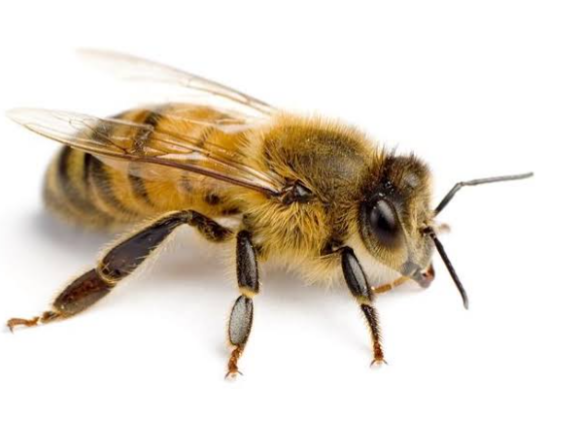
1. HONEYBEES: Honey bees are raised not only for honey but for other purposes too. Other produce derived from honeybee production include: bee pollen, royal jelly, propolis, bee wax. Beekeepers also raise bees for sale. They can also be integrated to crop farming so that they assist in pollination processes on the crops. Also, beehives can be rented out to farms for those that want to engage in small scale business. etc.
2. COCKROACHES : Our society has made us believe that cockroaches are the main causes of leprosy, therefore, they must be eradicated. These are insects that live in dark places in homes and causes a lot of damage to house materials. Places like China and some other Asian countries farm Cockroaches in huge numbers. They fry them and consume because they see cockroaches as having good texture and taste like a greasy piece of chicken. Some raise them to make fish feeds, Fertilizers, poultry feeds and used in Chinese traditional medicine to cure ailments such as ulcers and open wounds. African countries are also having a change of mind set and engaging in cockroach farming.

3. SILKWORMS : silkworm are caterpillars from a type of silk moth. The silkworm produces cocoon which resembles a very thin thread wounded together to form a small oval structure. The cocoons produced in large amount are collected and then processed to form thread which are turned to silk material. silk is a luxurious fiber used to make textile products.
The practice of raising silkworms to produce silk is called sericulture.
The insect can also be killed with hot air or boiling water and their body remove and the filament unwind . The filament, when processed and treated, becomes silk thread.
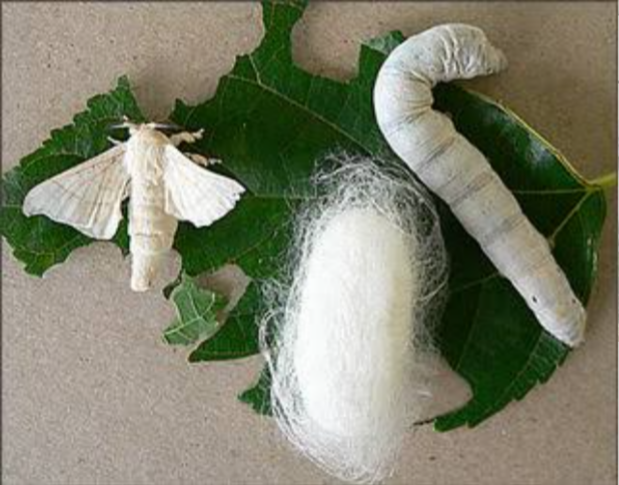
4. LAC INSECTS :.lac farming is common in Thailand and India. Lac insects produce a sticky substance called lac on trees that acts as a resin. Lac has many purposes such as wood finish, nail polish, food and use for production of lacquer, leather dyes, sealing wax and violin varnish. etc Asian countries also use it for traditional medicine.
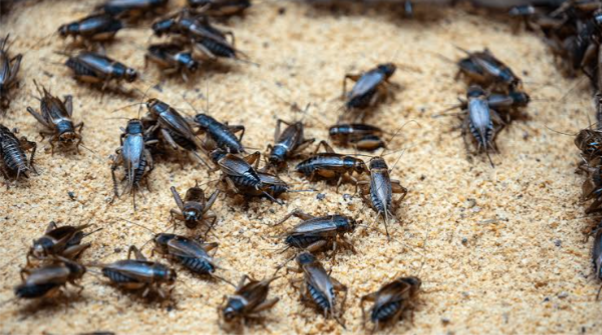
5. CRICKETS : This is an insect that resembles grasshopper but dark brown in colour. It is majorly consumed by human. They can be
deep-fried, boiled, dry roasted, baked, or even dried and ground into cricket flour before consumption. They are highly rich in protein.
They are also farmed as food for non-ruminants animals, fishes, reptiles, mammals, and even used to produce fertilisers.
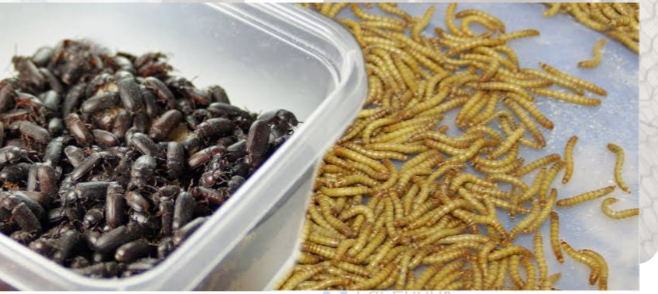
6. WAXWORMS , MEALWORMS , and BUFFALO WORMS : Mealworm’s close cousins are buffalo worms and waxworms. These yellow mealworm beetles produces larva which is a type of beetle called mealworm. These insects have a wide variety of uses for human food, feeding pets, fish bait, animal testing, and even to break down plastic products. They are high in fat content but low in protein, and make a great food source for lizards and other pets that need to eat live insects.
Wax moths produces larva called waxworms. Likewise, the darkling beetle larvae develops to form buffalo worms
They are easy to produce and can live in a fairly wide variety of environments.
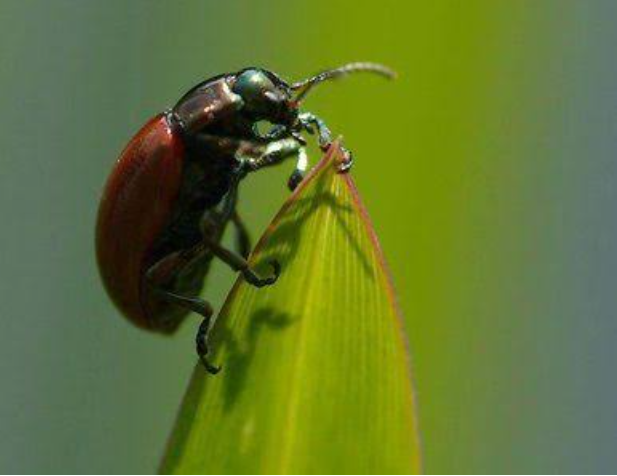
7. COCHINEAL BEETLES : These beetles farmed, harvested, baked and then crushed to create an artificial red dye called carmine. This dye is used in a variety of foods, usually notable for a bright red or pink color, like candies, syrups, jams and even processed meats. It is also used in textiles, lip glosses, pills and in paint to restore historical paintings.
SETTING UP AN INSECT FARM
Insects are highly migratory organism. There is need to understand how they survive in their natural habitat. To raise them, enclosed building is required. Vertical farming can also be employed to raise the worm stages (that is, the puppae and larvae). For the adult stage that develops wings, mosquito net or screen net may be needed to keep them under control and not fly away. Their major need is some food, water, and shelter. And to be kept at the right temperature and humidity. Also, containers or structure of different sizes are needed to lay eggs and hatch them and to raise the different stages of the insect life cycle. The structures will also create enabling environment and maintenance of humidity at the required levels.
The food to feed them with ranges from kitchen scraps to leafy greens, vegetables, fruits, and even leftover meat
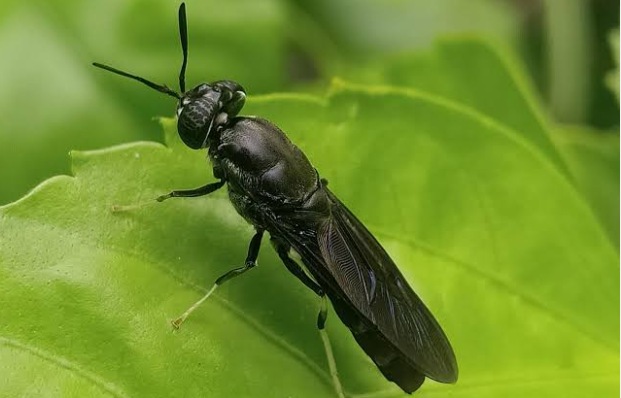
In conclusion, Insects are sustainable meat alternatives which are needed to be grown to overcome the shortage of protein requirement in human and Livestock feeds.
